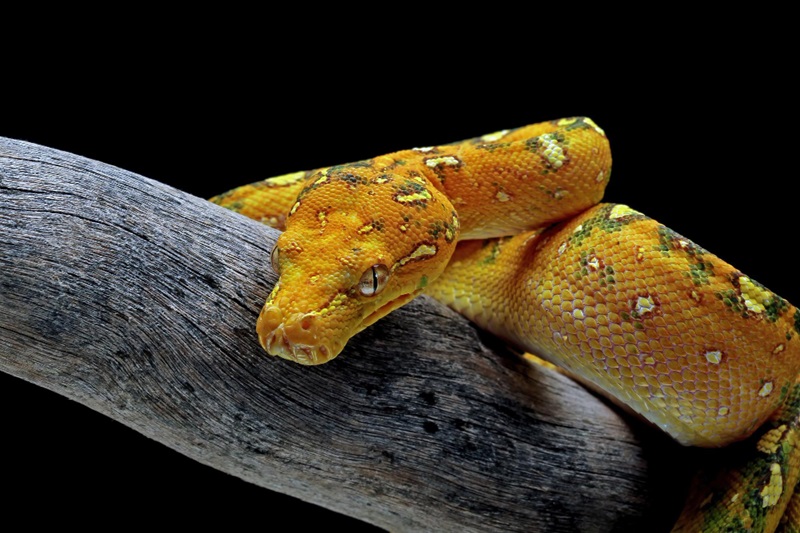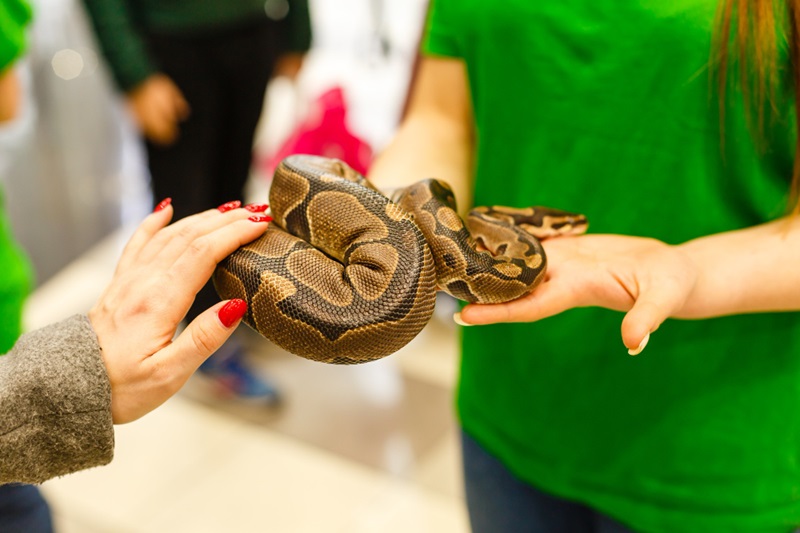Snakes need a carefully designed habitat to thrive as pets. Their environment should mimic natural conditions to keep them comfortable and healthy. From choosing the right enclosure to managing temperature and humidity, every detail matters. Proper setup not only supports your snake’s well-being but also makes caring for them easier. Whether you’re new to snake ownership or upgrading your setup, find practical tips to design a safe and comfortable habitat your pet snake will thrive in.
Understanding Your Snake’s Needs
Know the Species
Each snake species has unique habitat needs. Ball pythons prefer warm and humid environments, while corn snakes thrive in moderate conditions. Research your snake’s native habitat to replicate it. This knowledge helps you create a comfortable space tailored to their specific requirements.
Size Matters
A snake’s size determines the enclosure’s dimensions. Too small, and they feel cramped; too large, and they may feel insecure. Choose an enclosure that allows your snake to stretch out and move freely but still provides security.

Choosing the Right Enclosure
Types of Enclosures
Glass tanks and plastic terrariums are popular for snakes. Glass tanks offer visibility, while plastic ones retain heat better. Ensure the enclosure is escape-proof with secure lids or locks.
Ventilation
Proper airflow prevents mold and respiratory issues. Choose an enclosure with adequate ventilation, but avoid large gaps that could allow escape.
Maintaining Optimal Temperature and Humidity
Heating
Snakes are cold-blooded and rely on external heat. Provide a heat source like a heating pad or ceramic heat emitter. Maintain a temperature gradient with a warm side and a cooler side.
Humidity Levels
Humidity is crucial for proper shedding and overall health. Use a hygrometer to monitor humidity levels. Mist the enclosure or add a water dish to maintain the desired range.
Selecting Substrates
Safe Options
Aspen shavings, coconut husk, and reptile carpet are common substrates. Avoid cedar or pine, as they release harmful oils.
Cleaning and Maintenance
Choose a substrate that’s easy to clean and replace. Regular cleaning prevents bacterial growth and keeps your snake healthy.
Providing Hides and Enrichment
Hiding Spots
Snakes need hiding spots to feel secure. Place at least two hides—one on the warm side and one on the cool side.
Enrichment Items
Branches, rocks, and artificial plants mimic natural habitats. These items encourage natural behaviors and reduce stress.

Feeding and Hydration Station
Feeding Setup
Use a designated feeding area to prevent substrate ingestion. Provide appropriately sized prey and ensure the snake eats in a secure space.
Water Dish
A shallow, sturdy water dish is essential. It keeps your snake hydrated and helps maintain humidity levels in the enclosure.
Cleaning and Maintenance
Daily Checks
Remove waste and leftover food daily to maintain hygiene. Spot clean the enclosure to prevent unpleasant odors and bacteria.
Deep Cleaning
Perform a thorough cleaning every few weeks. Replace substrate, sanitize surfaces, and inspect the enclosure for wear and tear.
Common Questions About Snake Habitats
- What Size Enclosure Does My Snake Need?
The enclosure should be at least twice the length of your snake. This provides enough space for movement and comfort.
- How Often Should I Clean the Enclosure?
Spot clean daily and perform deep cleaning every few weeks to ensure a hygienic environment.
- Can Snakes Live Without a Heat Source?
No, snakes need a heat source to regulate their body temperature and digest food properly.
- What Are the Best Substrates for Snakes?
Aspen shavings, coconut husk, and reptile carpet are safe choices. Avoid cedar or pine due to harmful oils.
- How Do I Know If the Humidity Is Correct?
Use a hygrometer to monitor humidity levels. Adjust with misting or water dishes as needed.
Set Up a Healthy and Happy Home for Your Snake
Creating the perfect habitat for your pet snake ensures their health and happiness. Start by understanding their species-specific needs. Select the right enclosure, maintain proper temperature and humidity, and provide safe substrates. Add hiding spots and enrichment to mimic their natural environment. Regular maintenance and cleaning keep the habitat safe and hygienic. With careful planning and attention to detail, your snake will thrive in its new home.

